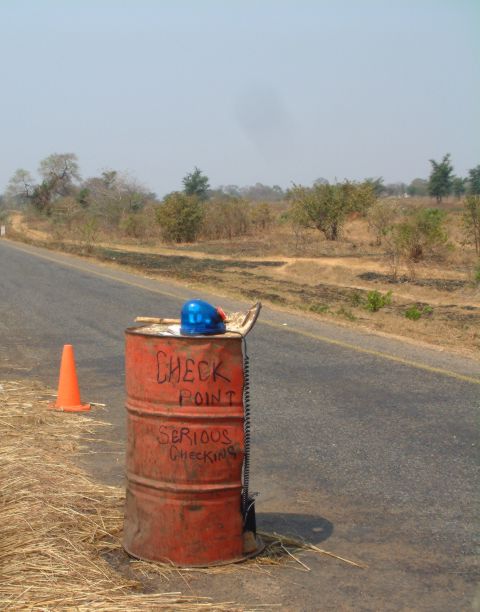Africa: Industry sees red over red line

The Nambian | 18 August 2009
Africa: Industry Sees Red Over Red Line
Jo-MarÉ Duddy
Various participants in a talk on the economic partnership agreement (EPA) with the European Union (EU) yesterday saw red when Finance Permanent Secretary Calle Schlettwein dared suggesting that the veterinary fence in the North be gradually moved further North to offer those farmers the same market access as those south of the fence.
The PS used the so-called Red Line as an example to illustrate one of the reasons why Namibia has refused to sign the interim EPA so far: that of the developed world prescribing to the developing world, which is simply expected to follow regardless of its developmental needs.
The veterinary fence is used as a disease control mechanism to isolate outbreaks of foot-and-mouth disease north of the line.
"If we should sign the interim EPA and then decide to move the Red Line, we’ll lose access to the EU beef market," Schlettwein said at a public dialogue of the Friedrich Ebert Foundation and the Agricultural Trade Forum.
Consequently Namibia is forced to protect the existing EU market for beef at the expense of farmers north of the Red Line who are currently "distinctly disadvantaged", Schlettwein said.
It just goes to show how a seemingly harmless trade agreement can impact significantly on the developmental issues of a country, he said.
This sparked a heated debate, with several members of the audience saying the Red Line should only be handled as a sanitary and phytosanitary (SPS) issue, and that any tampering with the fence would spell the end of Namibia’s preferential access to the EU’s lucrative markets, worth nearly N$400 million annually, and therefore the livelihood of many commercial farmers.
Schlettwein was undeterred.
The Red Line is much more than just a SPS issue, he said, adding that it has a "very serious socio-economic" side. Nearly 55 per cent of Namibians live north of the cordon fence, and those farmers are currently deprived of markets.
Namibia only exports prime cuts to the EU at the moment, while cheaper cuts and beef from north of the Red Line can be exported to South Africa, Schlettwein said.
"Maybe not at the same price," he admitted, but added that the South African market is much more important in monetary and developmental terms.
Namibia is furthermore trying to diversify its beef export market to the United States, China and India, Schlettwein said.
Price might once again be a factor, but at least the conditions would be more favourable, he said.
Schlettwein said Government is investing vast amounts of money to make the North more disease free, to strengthen the fence, to improve the quality of livestock and abattoirs and to make marketing in the region more efficient.





